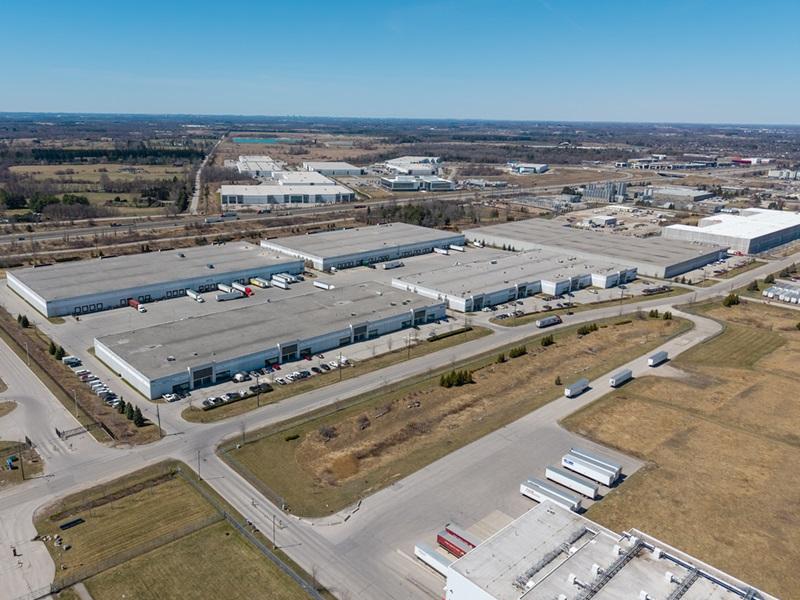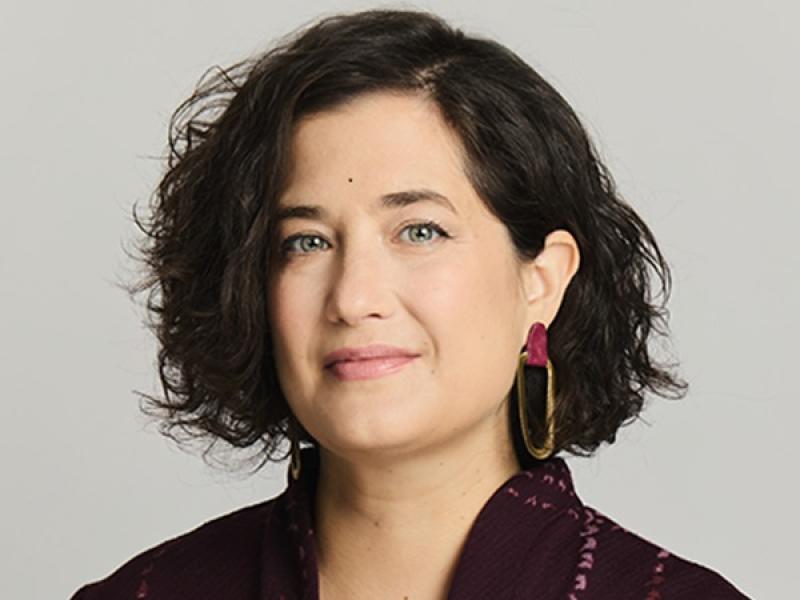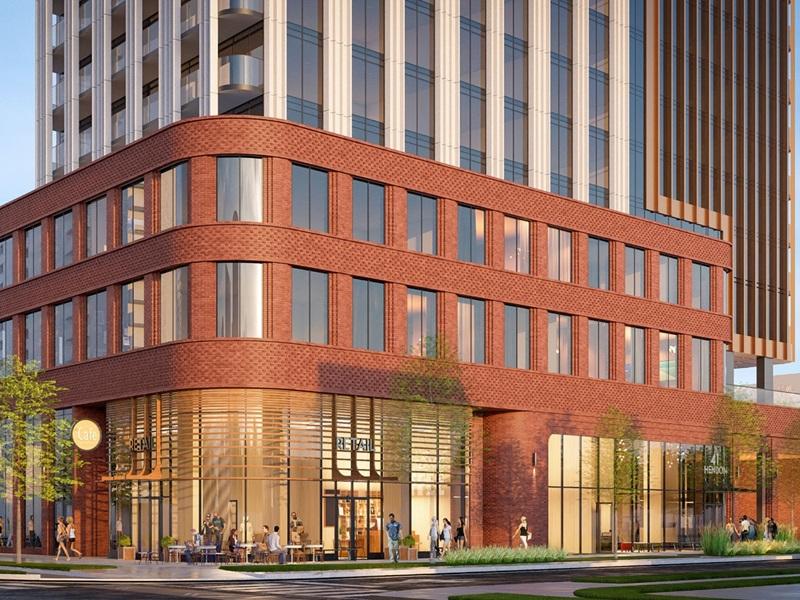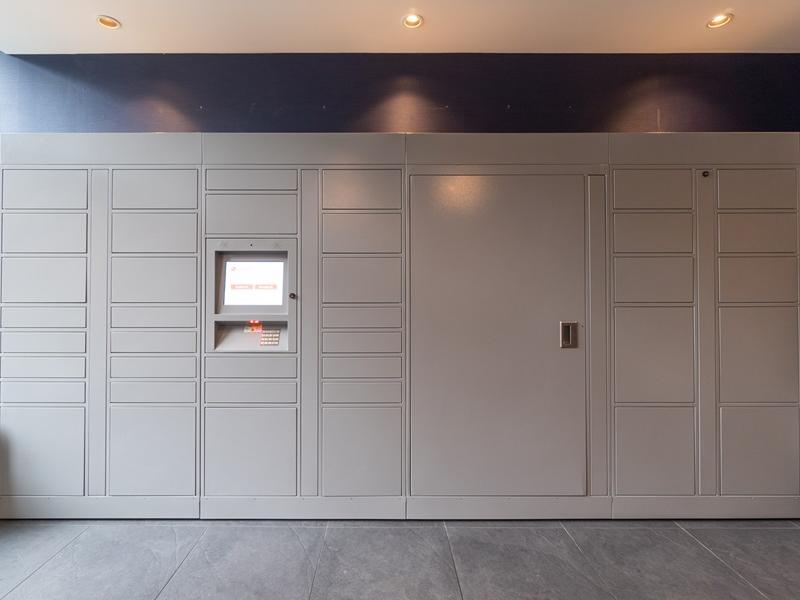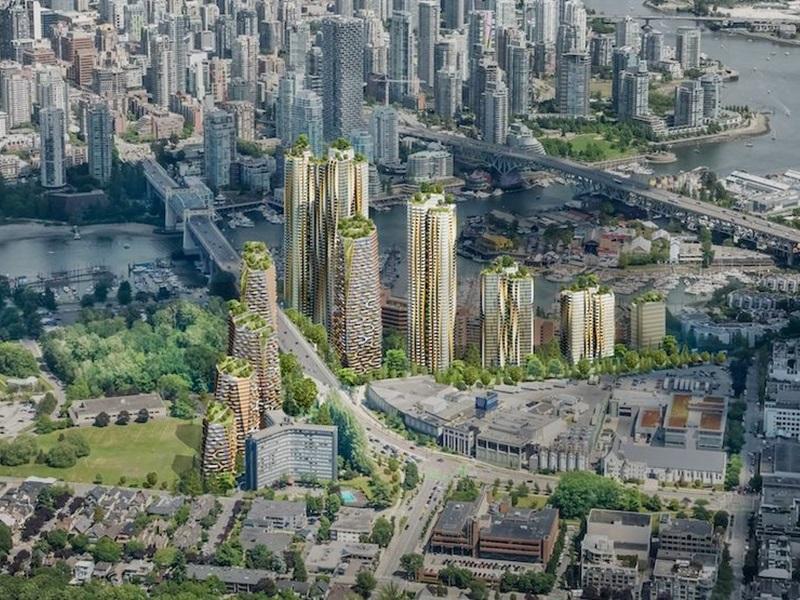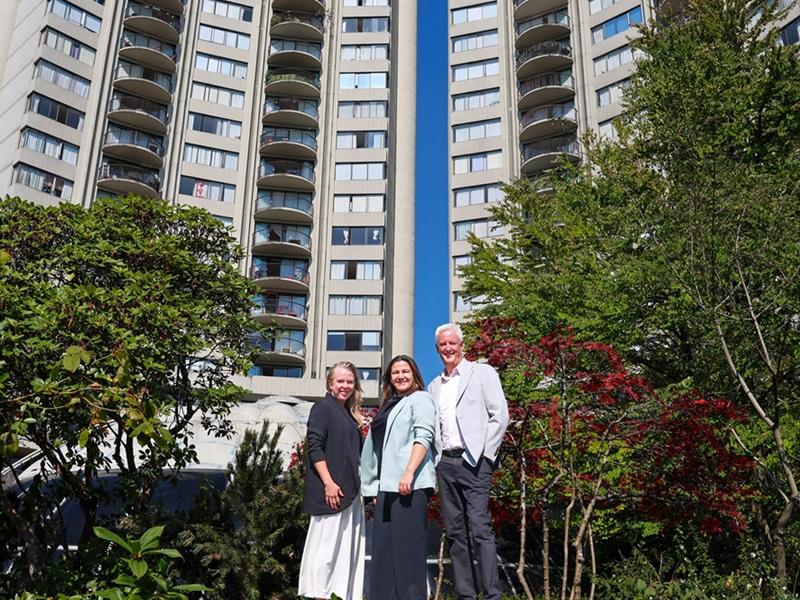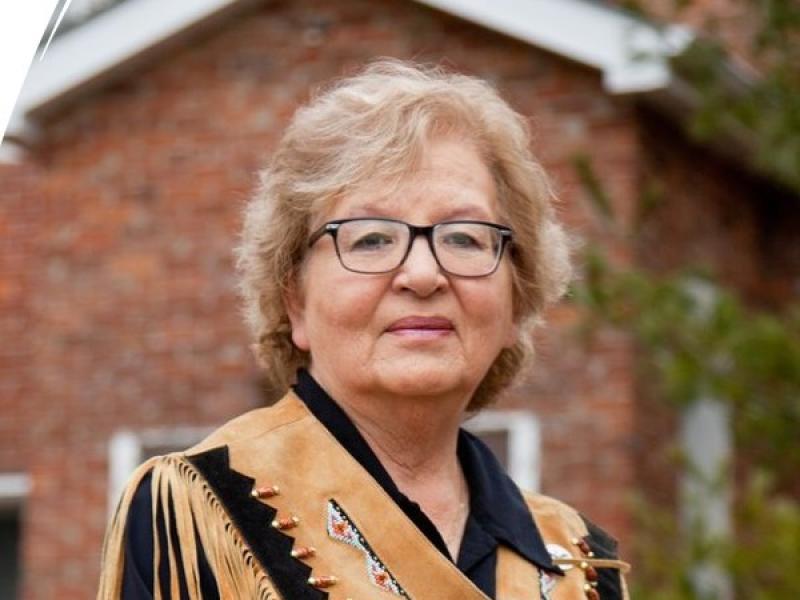
After delivering truth and reconciliation in real estate development workshops to representatives of over 30 organizations, Urban Land Institute Toronto and Shared Path Consultation Initiative have published a first-of-its-kind guide on how the industry can build relationships and create jobs, business opportunities and sustained economic prosperity through land development with Indigenous Peoples.
The workshop series was delivered from 2022 to 2024 and was co-hosted by ULI Toronto, Shared Path and developers Allied Properties REIT and Westbank. It was led by Bob Goulais, president and senior principal of Nbisiing Consulting.
Toronto-based Shared Path is a charitable organization that addresses the challenges and opportunities that emerge where land use changes and Aboriginal and treaty rights intersect. Its goal is to ensure that Indigenous voices, obligations and rights form a sustained and integral part of how land and water are shared, particularly with respect to land use planning law, policy and governance in Ontario.
“Our partnership with ULI is a great opportunity to get our message out,” Shared Path co-founder, president and board chair Carolyn King — the former chief of the Mississaugas of the Credit First Nation (MCFN) — told RENX in an interview that also included ULI Toronto executive director Richard Joy.
The 48-page Answering the Call to Action 92: A Guide for Truth and Reconciliation in Corporate Responsibility and Land Development has already received an inaugural Equity in Real Estate Award from ULI’s global headquarters in Washington.
“This report represents a discovery of a point of intersection that five-plus years ago seemed unimaginable to me, and we're really proud that we've hit a milestone,” Joy said.
“It's a milestone that demonstrates that there is an opportunity for our industry and First Nations, Indigenous Peoples, to contemplate a different type of future for our industry and city-building in an urban GTA (Greater Toronto Area).”
Truth and reconciliation background information
The Truth and Reconciliation Commission of Canada (TRC) was established in 2008 to document the history of the Canadian residential school system and its harmful and continued impacts on Indigenous Peoples.
The TRC released a 2015 report which documented the truth about the residential school system and included 94 calls to action for Canadian governments, institutions, businesses and residents.
“I have this idea that every land transfer in this province and in this country should identify whose land it's on,” King said. “We're not there yet, but it's floating around in the background.”
Call to Action 92 identified three key areas in which the corporate sector should advance truth and reconciliation: relationship building; equity and economic opportunity; and education.
“Ours wasn't to say, ‘Here's the playbook, do these things and we've accomplished truth and reconciliation in real estate and development,’” Joy said. “One of the important pieces of our work is to give people the foundation to chart their own paths.”
As corporations strengthen their environment, social and governance commitments, engaging with Indigenous Peoples on their treaty and traditional lands is recognized as a significant aspect of social responsibility.
Toronto memorandums of understanding
The guide includes a case study on the memorandum of understanding (MOU) that Northcrest Developments signed with MCFN to guide its YZD development. It provides the two parties with a mutual understanding of their relationship, commitments and responsibilities while establishing shared strategic pillars.
“We need to formally recognize and put on paper what we can do,” King said. “The GTA is a developing sector and we needed to not get lost in it.”

Waterfront Toronto also has an MOU with MCFN that sets objectives, including recognizing and respecting MCFN’s rights, seeking economic opportunities for MCFN, and partnering to ensure the city’s waterfront revitalization reflects and celebrates Indigenous history and culture.
“I think you're seeing some really exciting, progressive, future-focused and economically great returns for investors, whether they're a public entity like Waterfront Toronto or a private developer like Northcrest,” Joy said.
Proactive and collaborative problem-solving through early engagement enables Indigenous Peoples and companies to avoid disagreements and potential conflicts later in the life cycle of a project. It’s a risk mitigation strategy with upsides, including equity partnership and procurement.
“Especially on these larger and more significant land development opportunities, it's causing developers to slow down a little bit and think about stewardship versus transaction,” Joy said.
Seeking an urban land reserve in the GTA
The treaty lands of MCFN include almost all of the Greater Golden Horseshoe, which contains approximately two-thirds of Ontario’s gross domestic product (GDP) and one-fifth of Canada’s GDP. With approximately eight million residents, it also has the largest population concentration in Canada.
Joy said MCFN chief Claire Sault “is talking about an urban land reserve as an opportunity in the GTA to further advance land development opportunities guided by the Nation,” following examples already set in Calgary and Vancouver.
Mississaugas of the Credit Business Corporation (MCBC) was founded in 2018 to build long-term wealth generation and develop short-term income opportunities for MCFN.
“The MCBC is quickly adding capacity and sophistication in the area of land development and land use that’s just beginning to show itself on the political landscape, and I think it's going to be a fascinating story to watch,” Joy said.
“We haven’t seen the level of Indigenous partnership in development projects in a significant way here in the GTA versus what we've seen in Calgary or Vancouver, but we're definitely starting to lay the groundwork for that kind of future.”
“We’ve been on the bandwagon to get some land in downtown Toronto,” King said. “Just give us a parking lot and we’ll start there.”
King said MCFN almost acquired 16 Yonge St. in Toronto in the 1990s, but its council backed out after deciding it didn’t want to spend that much of the community’s money on such an investment.
That site is now occupied by a 42-storey, 508-unit condominium completed in 2006. The highrise is one of the four residential towers that make up the Pinnacle Centre.


